The global system stands on the verge of a significant paradigm shift. With Donald Trump’s ascent to the U.S. presidency, a new international dynamic emerged, blending the geopolitical power struggles and imperial ambitions of the 19th and 20th centuries with the realities of the 21st century. In this process, many conflict zones within the global system have acquired new dimensions.
The most critical issue in this context is the contrast between the former U.S. President Joe Biden administration’s efforts to reshape the international system in the image of a second Cold War and the Trump era’s apparent reversion to a 19th-century geopolitical order. Thus, a critical question arises: should the Russian-Ukrainian war be analyzed purely through the lens of military realities on the ground, or should it be understood within the broader framework of the U.S.-Russia power struggle, shaped by imperial strategies adapted to 21st-century dynamics?
Additionally, it should not be overlooked that this transformation of the international system has led to the emergence of a new security architecture in which Europe is either marginalized or deliberately excluded. From the perspective of the Russian-Ukrainian war, this paradigm shift is most evident in the fractures within Transatlantic relations.
This evolving geopolitical equation necessitates a multidimensional analysis – not merely within the confines of classical power struggles but also in the broader context of transforming the global system.
History repeats itself
When examining the process of World War II, it becomes evident that the global power struggle was not confined solely to the geopolitical realities of the actors involved at the time. Particularly in the case of Germany, the pursuit of territorial expansion policies reached its peak, shaping the course of the conflict.
This phenomenon should be analyzed in the late 19th century when the demand for raw materials and the power they conferred upon states in the international arena became critical. Undoubtedly, the colonial ambitions of this period were not limited to established powers such as the U.K. and France; the late emergence of Germany and Italy as major powers intensified the geopolitical and resource-driven conflicts, transforming the global landscape into a battlefield for supremacy.
Furthermore, the Percentages Agreement was an accord reached between Joseph Stalin and Winston Churchill in 1944, which envisioned the division of Eastern Europe into spheres of influence. Within this framework, the agreement aimed to determine which major powers would exert control over specific Eastern European countries.
Notably, the agreement included provisions for the division of influence over countries such as Romania and Greece. Although it was never fully implemented, the Percentages Agreement remains a significant example of how great powers attempt to shape the geopolitical dynamics of the international system. It serves as a historical illustration of the tendency of major powers to establish regional arrangements based on their strategic interests in global politics.
Contemporary geopolitical developments at the global level are not separate from the past. There are notable intersections between these historical dynamics and the realities of the 21st century. The Russian-Ukrainian War presents significant parallels with these historical power struggles, albeit in a modernized form. One of the most crucial aspects of this situation is the policies pursued by the 47th President of the United States, Donald Trump. The U.S.-Russian negotiations held in Saudi Arabia on Feb. 12 are a striking example of how contemporary geopolitical concerns and alliance formations reflect the power dynamics of the previous century.
This suggests that history indeed repeats itself. Undoubtedly, each era possesses its own unique spirit, and this transformation, under Trump’s leadership, has precipitated a significant paradigm shift in the global system. However, this repetition does not signify a tragedy but rather a travesty. As Karl Marx, the famous philosopher, observed, “History repeats itself, first as tragedy, second as farce.”
Demands of the U.S., Russia
Thus, considering Trump’s perception of himself as the key determinant of the current international order, what are his strategic objectives in the context of the Russian-Ukrainian War? The primary reason for posing this question is the clarity of Russia’s demands since the outset of the conflict, which are that Ukraine must not become a NATO member; Russia must retain control over the territories it has seized in Ukraine, thereby solidifying its sovereignty over these regions; a new government must be established in Ukraine without Volodymyr Zelenskyy as its leader, necessitating elections; for lasting peace in Ukraine, security guarantees must be provided to Russia, particularly the limitation of U.S. and NATO military presence in Eastern Europe.
Fundamentally, Russia aims to secure international recognition of its stance that NATO’s expansion into its immediate geopolitical sphere and the approach of Western security structures toward its borders are unacceptable.
A fifth critical aspect must be considered – the necessity of reestablishing U.S.-Russian relations, which began to deteriorate approximately four years ago. Recent negotiations indicate that the normalization process in U.S.-Russian relations is gradually taking shape.
When examining the demands of the U.S., it is more appropriate to focus on the priorities of the U.S. president. Trump’s statements regarding Ukraine suggest that he shares similar views with Russia concerning Zelenskyy. Specifically, he advocates for Zelenskyy to undergo new elections and withdraw from his current position. This stance is evident in his rhetoric, where he has referred to Zelenskyy with terms such as “dictator” and “comedian,” underscoring his opposition to the current Ukrainian leadership.
Trump seeks a rapid peace settlement or, at the very least, a cease-fire. He aims to secure economic gains in Ukraine, particularly by gaining control over mining operations and shifting the burden of Ukraine entirely onto Europe. Also, he supports a political transition in Ukraine that excludes Zelenskyy, advocating for the establishment of a new government.
A striking aspect of this situation is the convergence of certain demands and objectives between the U.S. and Russia.
Negotiations without Ukraine
However, the most critical and concerning issue is the Riyadh negotiations, which were conducted without Ukraine’s participation. Despite Ukraine being the primary subject of discussion, excluding Ukrainian representatives from these talks highlights a significant contradiction in the peace process. Just as a war without a clear winner is difficult to conclude, a negotiation table lacking direct representation from the warring parties is unlikely to produce lasting peace and political stability, as observed in the Afghanistan case. Nevertheless, the ongoing paradigm shift in the international system suggests that such alternative diplomatic mechanisms are increasingly becoming a reality in global politics.
In this context, the tendency to have great powers at the negotiation table instead of the directly involved warring parties reflects the realpolitik manifestation of imperial or superpower rhetoric. The long-term implications of this approach remain uncertain, but it is evident that the current international system is undergoing a significant rupture.
As the Russian-Ukrainian war enters its fourth year, Trump’s strategy for ending the conflict appears to sideline not only Ukraine but also Europe. This shift is particularly relevant in the security domain, as it seems to align with Russia’s broader objective of maintaining a European security architecture that keeps the continent at a strategic distance. In contrast, NATO appears to be increasingly entangled in internal discord. Regardless of how the situation unfolds, it is evident that a modern iteration of the “Percentages Agreement” is being enacted over Ukraine in the 21st century. If this process is not managed with a commitment to fair peace and solution-oriented diplomacy, it may lead to a period of profound global instability with far-reaching consequences.

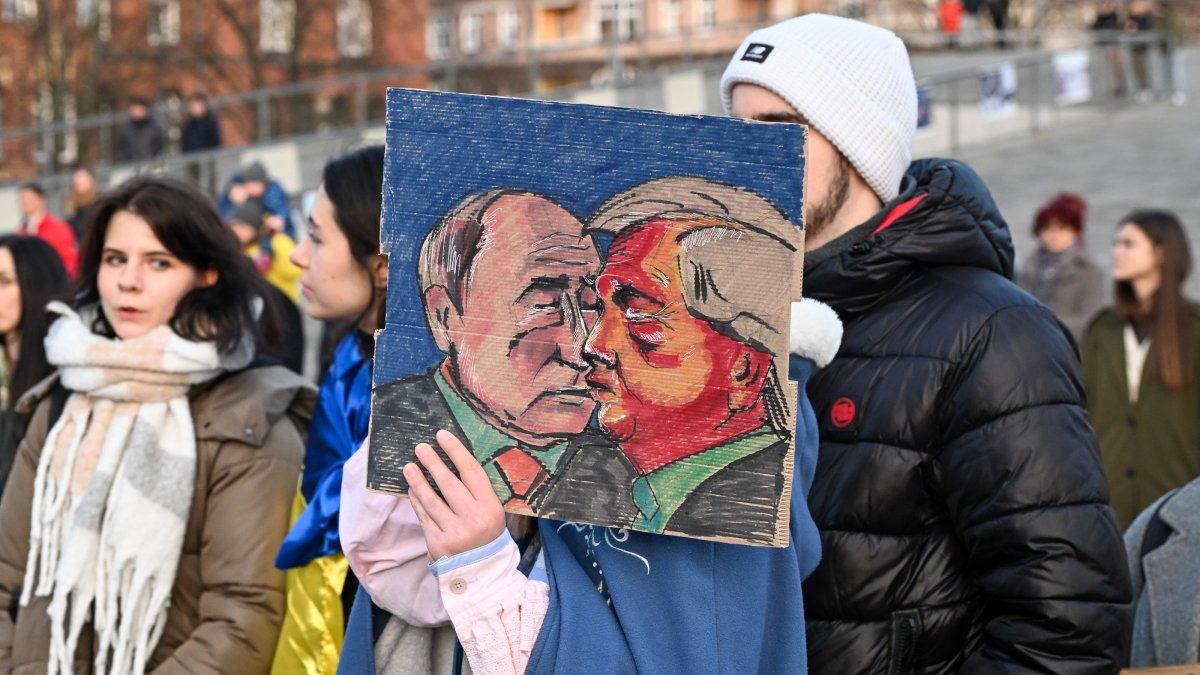



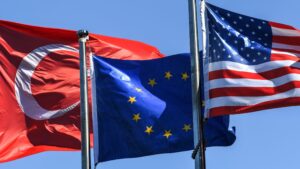
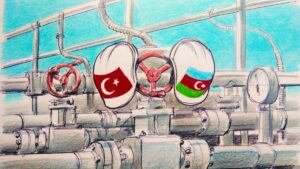





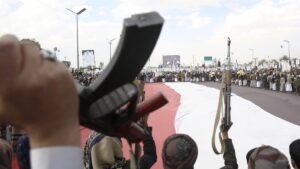






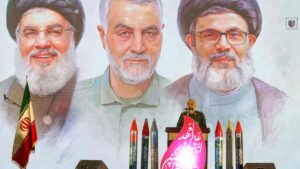





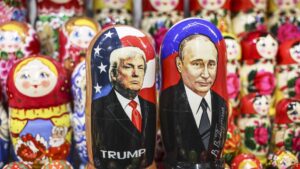





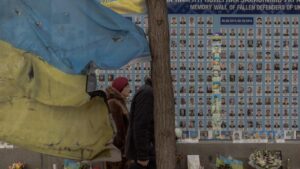




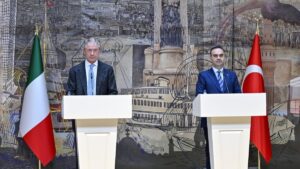





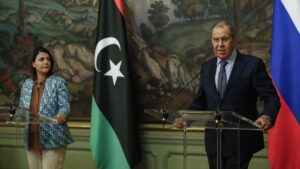
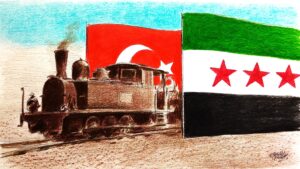


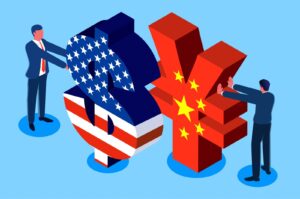


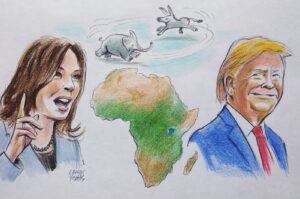


Be First to Comment